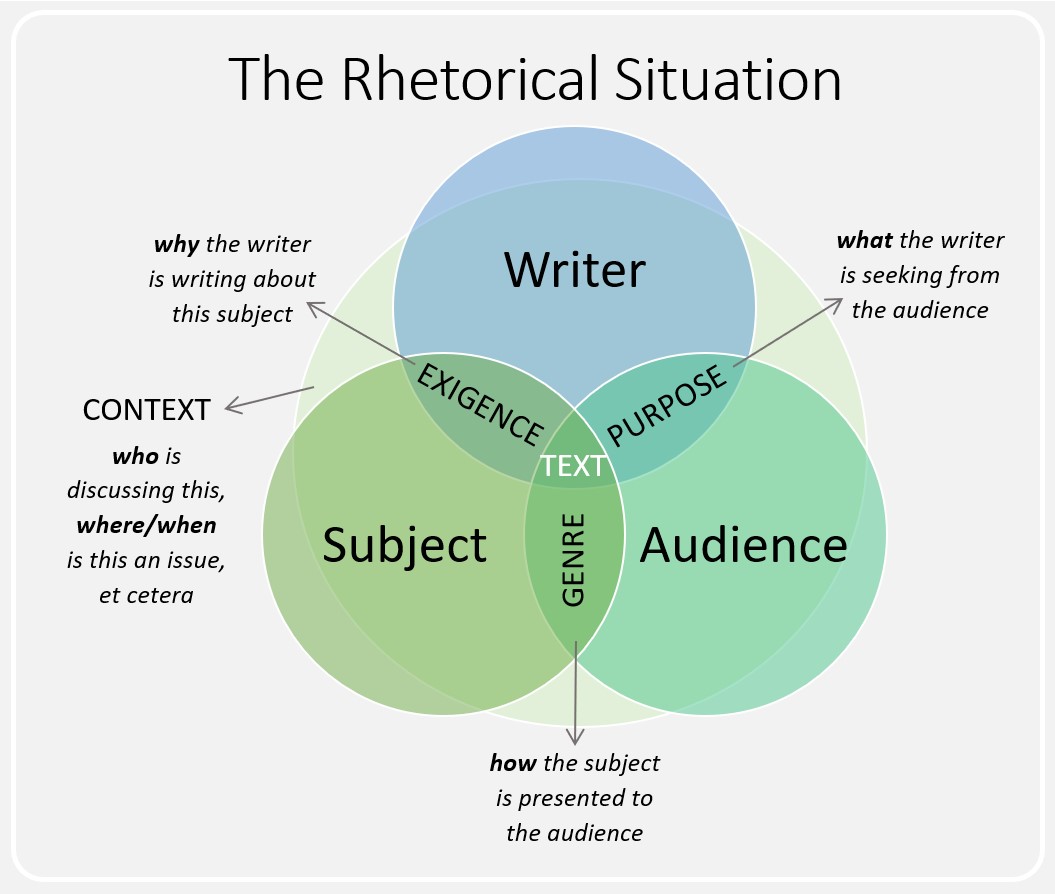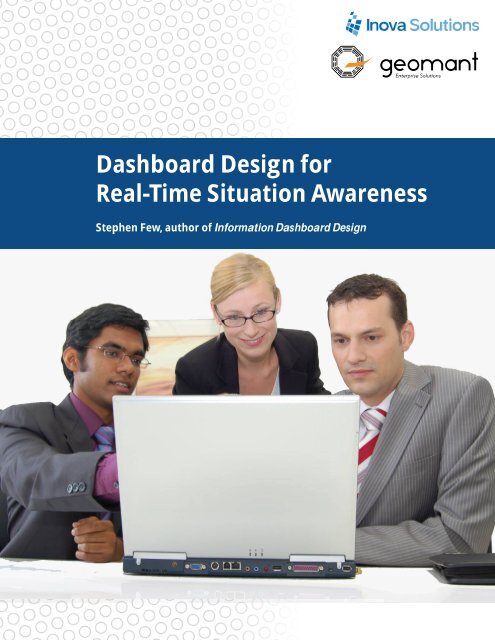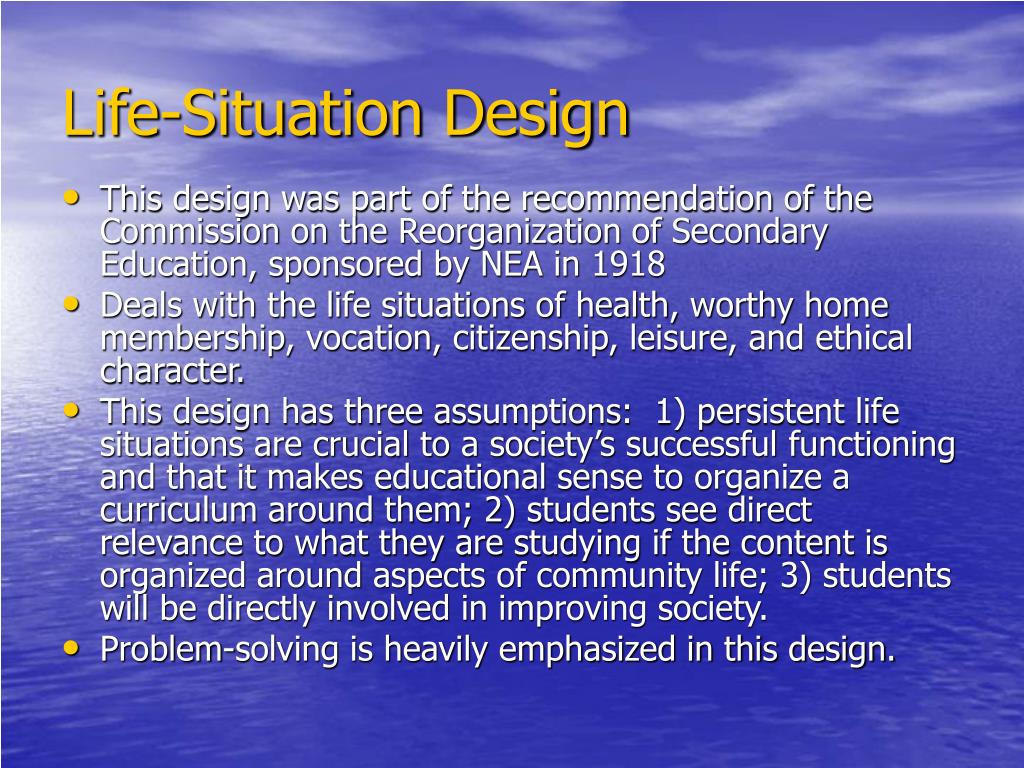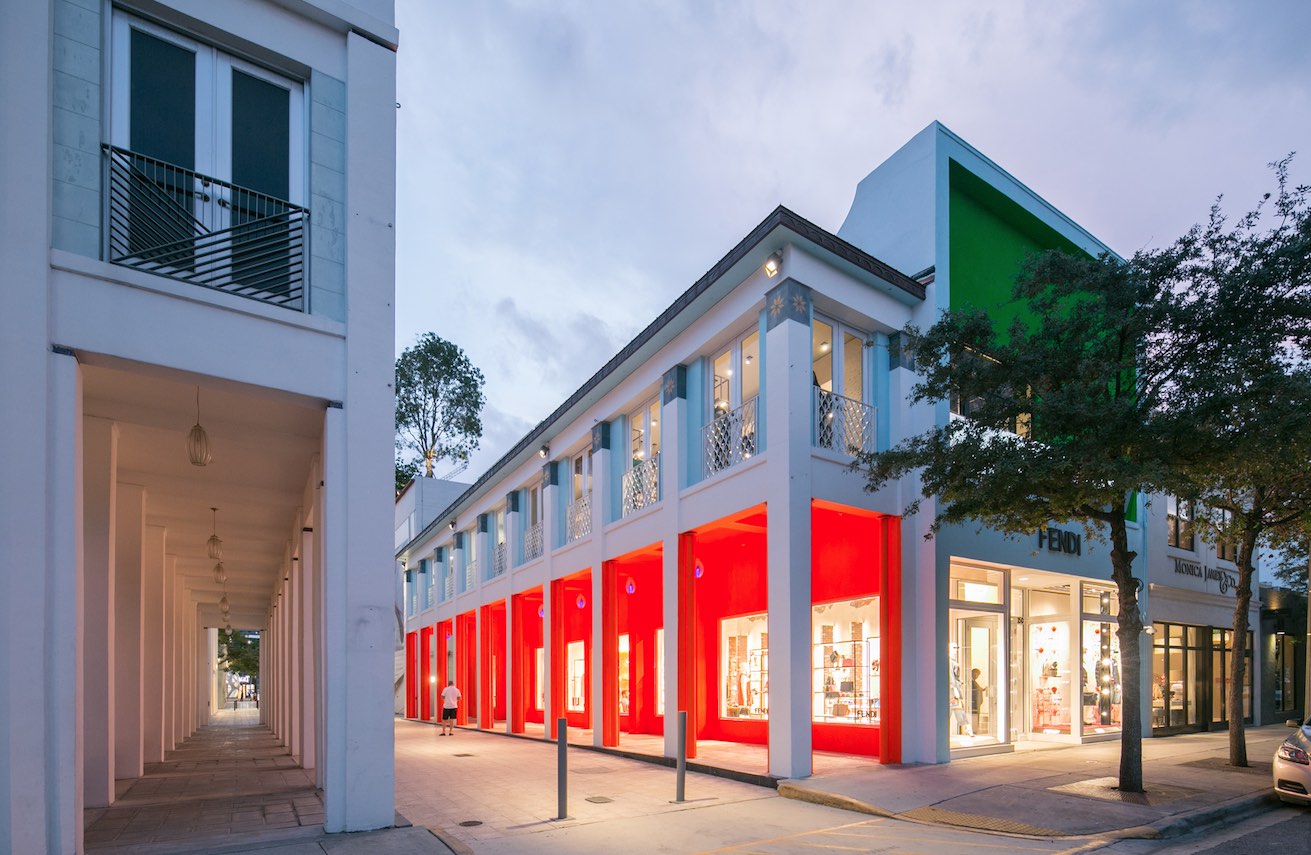Table Of Content

When conducting interviews, prepare a list of questions in advance, but be flexible and responsive to the interviewee's responses. Use active listening techniques to engage with the interviewee and encourage them to share their perspectives and experiences. The HMW questions open up to Ideation sessions where you explore ideas, which can help you solve your design challenge in an innovative way.

Stage 5: Test—Try the Solutions Out
The goal of situational design is to create a useful and enjoyable experience for the user. Design for flexibility and adaptability to accommodate variations in context and user needs over time. Incorporate features that allow users to customize their experience or adapt the design to different situations. Take into account the environmental factors that may impact the usability and effectiveness of your design.
Similarities between Design Thinking and Agile
Pouya Ahmadi's publication Amalgam is “a somewhat contradictory situation” - It's Nice That
Pouya Ahmadi's publication Amalgam is “a somewhat contradictory situation”.
Posted: Fri, 11 May 2018 07:00:00 GMT [source]
Situational design is an approach to designing solutions that are tailored to fit specific contexts or situations. It involves considering the unique circumstances, constraints, and requirements of a given situation and crafting designs that effectively address them. This method acknowledges that different situations call for different solutions, and seeks to create designs that are highly relevant and effective within their specific contexts. In conclusion, situational design offers a transformative approach to problem-solving that emphasizes the importance of context, empathy, and adaptability. By tailoring solutions to fit specific situations, designers can create experiences that are deeply meaningful, effective, and inclusive. This human-centered approach not only enhances user satisfaction but also promotes social well-being and environmental sustainability.
What is Situational Analysis?
Taking society’s marginal users and placing them at the heart of the design process has offered the discipline of design a positive change. However, in the last years various changes have called for rethinking this important strategy. Socio-cultural changes throughout the globe have called the term marginal into consideration.

Interviews provide an opportunity to conduct in-depth conversations with key stakeholders, including customers, industry experts, and internal staff. Unlike surveys, interviews allow for open-ended discussions, enabling you to explore topics in greater detail and uncover nuanced insights. Internal analysis focuses on evaluating the strengths, weaknesses, and resources within your organization. This self-assessment is crucial for understanding your organization's capabilities and limitations.
Impact on Design
A fluid situation - Aerospace Manufacturing and Design
A fluid situation.
Posted: Mon, 16 Jan 2017 19:49:34 GMT [source]
The final stage is “Deliver,” where the team tests the concepts and implements the most viable solution. The British government’s usability website offers some handy hints on using user scenarios too. You can find some great examples of user scenarios here (as used for accessibility analysis).
For example, teams may jump from the test stage to the define stage if the tests reveal insights that redefine the problem. Or, a prototype might spark a new idea, prompting the team to step back into the ideate stage. These stages are different modes that contribute to the entire design project rather than sequential steps. The goal is to gain a deep understanding of the users and their ideal solution/product. Situational design is a concept that refers to designing for a particular contextual situation. It is important to understand the situation in which a design will be used in order to create an effective and appropriate product.
At the beginning of the design thinking process, teams should not get too caught up in the technical implementation. This article proposes that Situation Design is an emerging branch of Design Technology. As in more common design scenarios, a Design Technologist (DT, sometimes referred to as a UI or UX Engineer) can translate a design into something more functional. For example, when building a digital product, a UX Designer may work with a DT to realize the proposed design as a prototype to gain a better understanding of its function before realizing it through engineering. Bespoke tools may be nascent, but they exist and are likely to become more popular and specialized.
What are the steps in a design project?
The final step in performing a comprehensive situational analysis is formulating strategies based on your findings and insights. Strategic formulation involves developing actionable initiatives and plans to capitalize on opportunities, mitigate risks, and achieve your organization's goals and objectives. When applying Porter's Five Forces model, assess each force's strength and its implications for your organization's competitive position.
This includes the mastery of tools, techniques, and materials, as well as the ability to implement and execute design ideas effectively. Global design leaders and consultants have interpreted the abstract design process in different ways and have proposed other frameworks of design thinking. The five-stage design thinking methodology described above is just one of several frameworks. The team produces inexpensive, scaled-down versions of the product (or specific features found within the product) to investigate the ideas.
With this solid background, you and your team members can start to look at the problem from different perspectives and ideate innovative solutions to your problem statement. Situational design plays a crucial role in UX design by ensuring that digital products and interfaces are tailored to meet the needs and expectations of users within specific contexts. It involves conducting in-depth research to understand user behaviors, preferences, and goals in various situations, leading to the creation of intuitive and user-friendly designs. Before embarking on a situational analysis, it's essential to clearly define your objectives and scope. What specific questions do you want to answer, and what aspects of your organization or environment do you want to assess? Defining clear objectives will guide your analysis and ensure you focus on gathering relevant data.
A mindset is a characteristic mental attitude that determines how one interprets and responds to situations. Design thinking mindsets are how individuals think, feel and express themselves during design thinking activities. This model balances expansive thinking with focused execution to ensure that design solutions are both creative and practical. It underscores the importance of understanding the problem thoroughly and carefully crafting the solution, making it a staple in many design and innovation processes. In the diverging “Discover” phase, designers gather insights and empathize with users’ needs. “Hand” signifies the practical execution of ideas, the craftsmanship, and the skills necessary to turn concepts into tangible solutions.
Not only will it help the client to understand the design intent better, but will also ensure that the designing process is aided by these insights. Tailor design principles and best practices to align with the specific requirements of the situation. Consider factors such as accessibility, usability, aesthetics, and functionality, and prioritize those that are most relevant to the context and user needs. Identify the needs, goals, and preferences of the users who will interact with your design within the given context. Use techniques such as user personas, journey mapping, and empathy mapping to develop a deep understanding of user motivations and behaviors.
This is done by conducting this literature study aimed to describe the development ... Conducting a comprehensive situational analysis requires a systematic approach that encompasses several steps. Let's explore each step in detail to ensure you gather actionable insights and formulate effective strategies. In the Define stage you synthesise your observations about your users from the first stage, the Empathise stage. A great definition of your problem statement will guide you and your team’s work and kick start the ideation process (third stage) in the right direction. The five stages are not always sequential — they do not have to follow any specific order and they can often occur in parallel and be repeated iteratively.

No comments:
Post a Comment